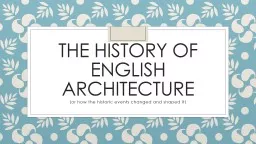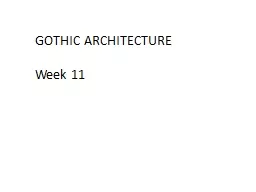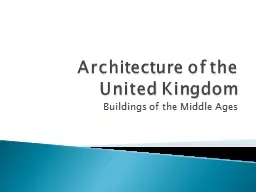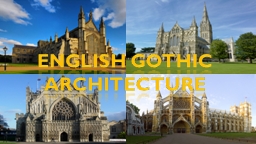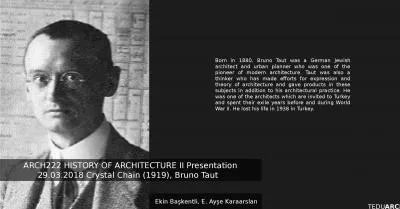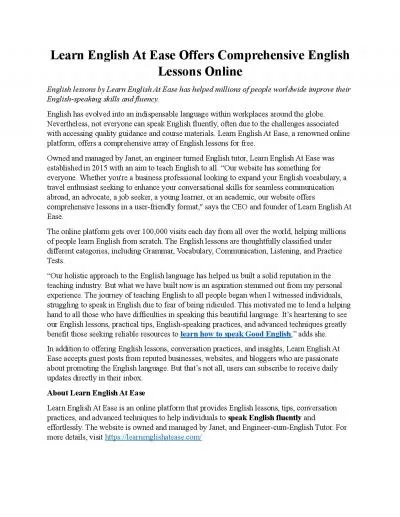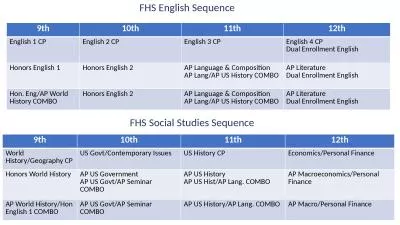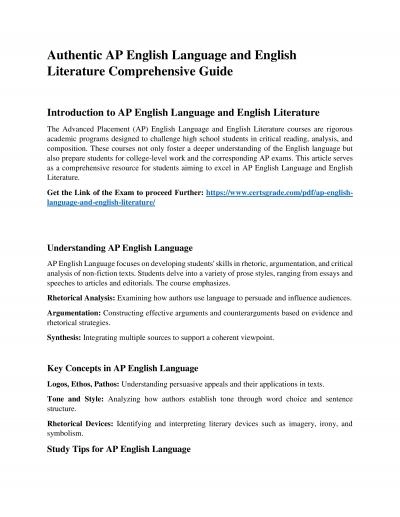PPT-The history of English architecture
Author : giovanna-bartolotta | Published Date : 2018-03-22
or how the historic events changed and shaped it GOALS Before AD 43 c 410 1066 1485 1603 1714 1837 1901 2000 Prehistory Romans Dark Ages Medieval Tudors Stuarts
Presentation Embed Code
Download Presentation
Download Presentation The PPT/PDF document "The history of English architecture" is the property of its rightful owner. Permission is granted to download and print the materials on this website for personal, non-commercial use only, and to display it on your personal computer provided you do not modify the materials and that you retain all copyright notices contained in the materials. By downloading content from our website, you accept the terms of this agreement.
The history of English architecture: Transcript
Download Rules Of Document
"The history of English architecture"The content belongs to its owner. You may download and print it for personal use, without modification, and keep all copyright notices. By downloading, you agree to these terms.
Related Documents

